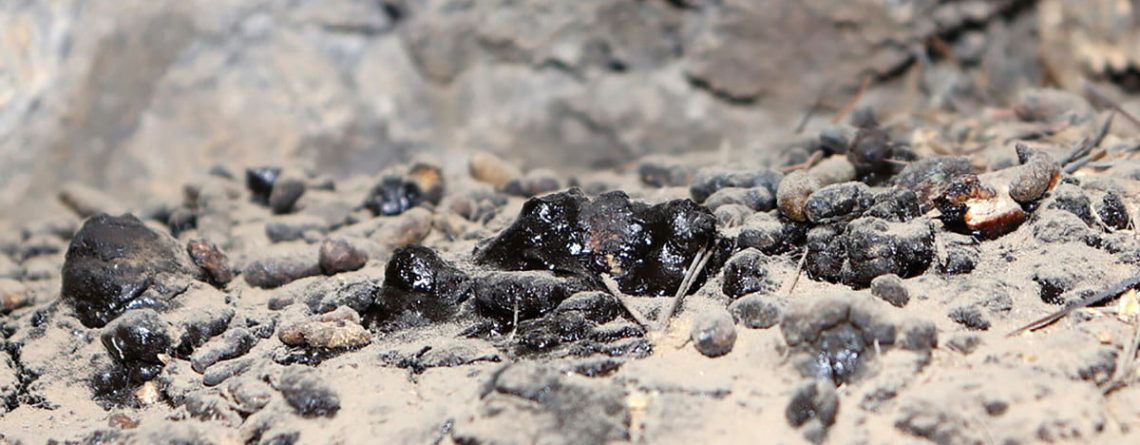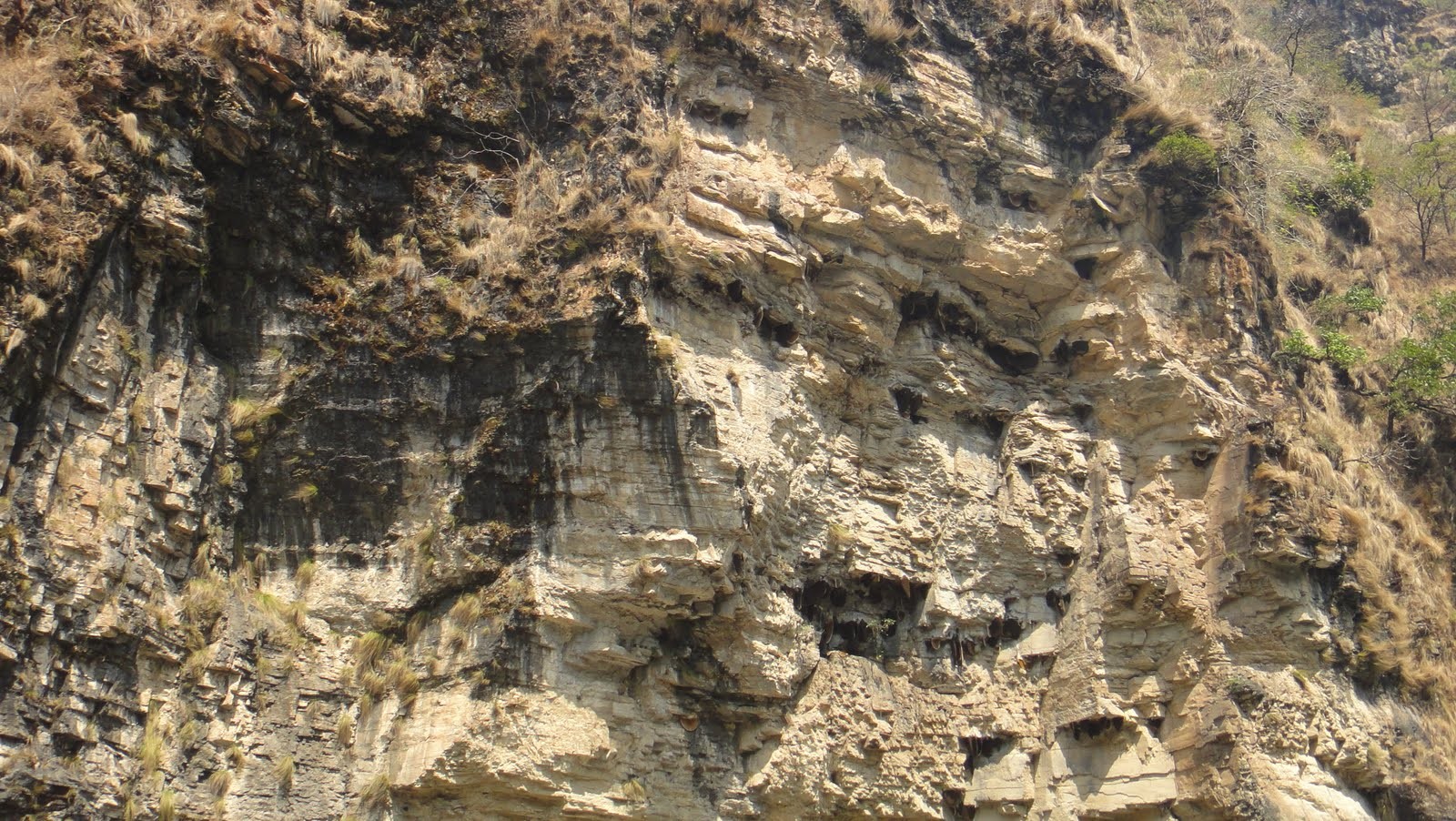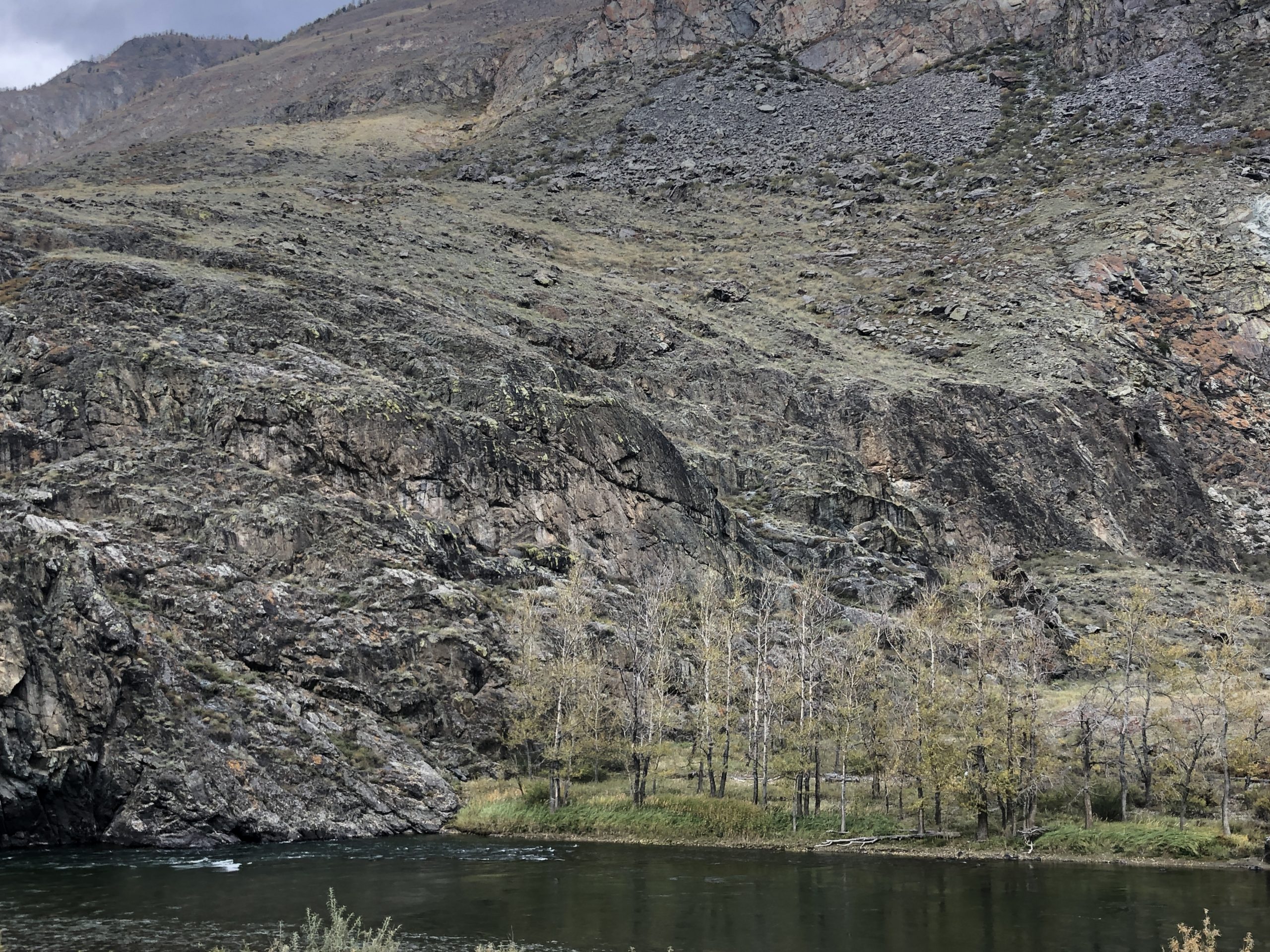Where does the MUMMY come from

Since ancient times, mummies have been used for medicinal purposes in folk medicine of Asian countries. The great antiquities – Avicenna, Aristotle, Biruni, Razi, etc. – wrote about the healing effect of mummies in various diseases in their writings. Mummie has a restorative and anti-inflammatory effect, enhances protective, regenerative and reparative processes in the body, helps in the treatment of bronchial asthma, chronic diseases of the respiratory tract and gastrointestinal tract, skin and kidney stone diseases, to accelerate the recovery of bone fractures. The mummy can be taken orally, being previously dissolved in water, milk, juice or tea, and externally – through drops, creams, ointments and masks.

Until very recently, there was a rather vague idea about the nature of the mummy. Historically, it was believed that the mummy arises from the waste products of bats and rodents. Mountain caves give shelter to colonies of bats that feed on insects, which in turn feed on mountain grasses or nectar of their flowers. Mouse guano accumulates in places where bats and rodents spend the night and, after undergoing a process of fermentation and concentration in special microclimatic conditions of mountain caves, turns into a mummy. The problem is that the mummy is not always found in those places where bats fly or mountain jump.
Recent studies conducted with lithophilic (living on rocks) lichens and fungi have shown that it is very likely that the mummy owes its origin to them. Many lichens are adapted to extremely harsh conditions of existence on the surface of rocks, where they successfully develop in Arctic, high-altitude and hot desert areas. It is clear that “normal” rock lichens, which are clearly visible in the mountains in the form of crusts of different colors, are not noticed so that the mummy flows out of them. But the real pioneer mountain lichens are the so-called endolytic lichens, which settle and live inside the rock, in the thickness of the stone, at a depth of several millimeters, and outwardly almost do not manifest themselves. The impact of lichens on the surface of rocks is complex and diverse, and at the same time combined with the weathering of rocks and minerals. Endolytic lichens form organic acids (lichen, citric, oxalic, etc.), so the rhizoids (“roots”) of lichens are able to destroy even quartz. The growth and vital activity of lichens greatly accelerates the process of weathering and in most cases leads to the formation of the first thinnest layer of soil, mountain fine-grained soil with elements of fertility. According to a number of data, lichens can involve more than 300 kg/ha of nitrogen annually in the biological cycle during the initial soil formation process on rocks. Give this process a few hundred thousand years – and now there is a coniferous forest on the mountain slopes. But in some cases, the process of soil formation is replaced by another process. The organic matter created by endolytic lichens and the mineral components washed out due to their activity are intercepted by lithophilic fungi. These organisms, which are older than lichens, also live in the thickness of the stone or on its surface, but are devoid of slaves-algae, which are part of the lichen fungus, and therefore are less environmentally plastic. Lithophilic fungi can use organic dust, the remains of bacteria and algae, but the main source of nutrition for endophilic fungi are endolytic lichens. In those mountain pioneer communities where the latter begin to prevail among lichens, algae, bacteria and lithophilic fungi, the process of formation of a black concentrated mass is sometimes triggered, which is a product of the waste of fungal activity, the remnant of dead colonies. “Outside” of the mountains, streaks of such a black substance are clearly visible on the steep cliffs. At first, the stones look just painted with gray or black paint. But the longer the process goes on, the thicker the layer of “paint” becomes, reaching 2-3 mm in a few hundred years. This can already be scraped off, although it is extremely unprofitable. “Inside” the mountains, in darkening conditions (crevices, caves), lithophilic fungi can develop without lichens, since the main source of organic matter in this case is really the feces of mammals and insects, as well as dust and other accumulating debris. Whole deposits of black product are sometimes formed here, which in this case is called “coprolite mummy” (mummy in the form of drips and films is called “evaporite”).

Western researchers have shown that under the influence of the vital activity of lichens, rock bacteria and fungi, not only the destruction of primary minerals occurs, but also the formation of a variety of complex organics, including components of mummies. Based on the above, it seems to me that the mummy can be considered a mushroom product. That is why we collected it ourselves during our recent Altai expedition and will soon offer it in the online store of the mushroom pharmacy at a price of 400 rubles for 20 grams. You can consider this post advertising, but the mummy is not enough, so smart people will order it to me via a private message on pismoavtoru@mail.ru immediately after reading, so, you see, it won’t even reach the online store
